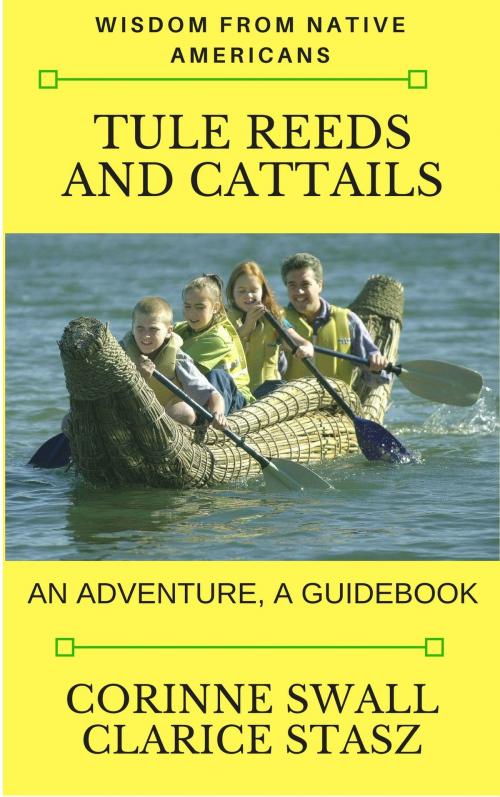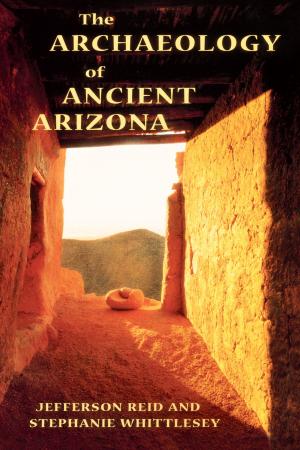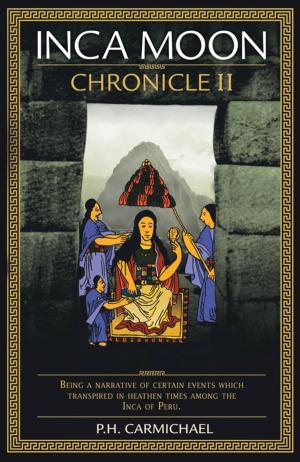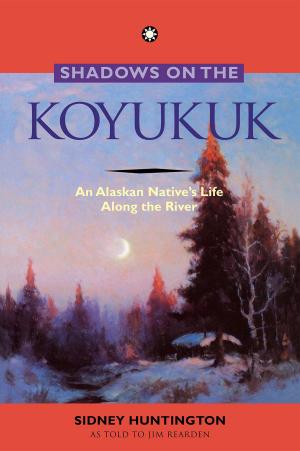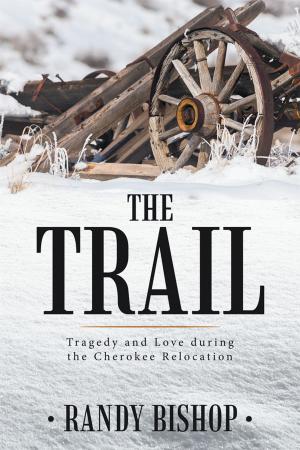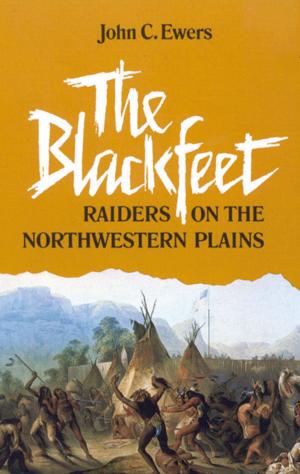Tule Reeds and Cattails: An Adventure, A Guidebook
Nonfiction, Science & Nature, Science, Biological Sciences, Botany, History, Americas, Native American| Author: | Clarice Stasz | ISBN: | 9780996769358 |
| Publisher: | Clarice Stasz | Publication: | January 26, 2018 |
| Imprint: | Smashwords Edition | Language: | English |
| Author: | Clarice Stasz |
| ISBN: | 9780996769358 |
| Publisher: | Clarice Stasz |
| Publication: | January 26, 2018 |
| Imprint: | Smashwords Edition |
| Language: | English |
These marsh plants can feed and shelter! Contemporary Indians taught the authors about their cultures and how to use plants. The Adventure is the history of California Indians and their wise use of these and other plants. For thousands of years plants provided survival and were used creatively and sustainably. Native wisdom is a form of conservation that makes wise use of resources. Using the history of Coast Miwok and Southern Pomo, we recount early visitors and how they misunderstood the those they met. Despite the Missions' control and the Gold Rush destruction, enough Indians survived to continue past culture and practices. The Guidebook leads you through basic skills, such as making rope and mats. Learn to make toys and fish traps. Because the plants are nutritious, there are even recipes. Links to videos and instructions provide additional training.
Best of all, we provide detailed instructions on building a navigable reed boat, using photos from our own experience. Being aware of the value of hands-on learning, we involved classrooms and children in these projects. Our experience offers pointers on every step of the process, from gathering reeds to launching the boat.
The history also includes quotes from primary sources, such as those of explorer like Frances Drake. The materials will help any teacher approaching the revised Social Science curriculum for California 4th grade. Because these plants occur throughout the United States, the content transfers outside California. California Native history is distinct from others, such as the Plains or Northeast Woodlands, so it offers a good contrast to understand the amazing diversity of American Indian life. The Appendices include a lengthy bibliography of the scholarly sources we used, along with an annotated list of websites for further information.
These marsh plants can feed and shelter! Contemporary Indians taught the authors about their cultures and how to use plants. The Adventure is the history of California Indians and their wise use of these and other plants. For thousands of years plants provided survival and were used creatively and sustainably. Native wisdom is a form of conservation that makes wise use of resources. Using the history of Coast Miwok and Southern Pomo, we recount early visitors and how they misunderstood the those they met. Despite the Missions' control and the Gold Rush destruction, enough Indians survived to continue past culture and practices. The Guidebook leads you through basic skills, such as making rope and mats. Learn to make toys and fish traps. Because the plants are nutritious, there are even recipes. Links to videos and instructions provide additional training.
Best of all, we provide detailed instructions on building a navigable reed boat, using photos from our own experience. Being aware of the value of hands-on learning, we involved classrooms and children in these projects. Our experience offers pointers on every step of the process, from gathering reeds to launching the boat.
The history also includes quotes from primary sources, such as those of explorer like Frances Drake. The materials will help any teacher approaching the revised Social Science curriculum for California 4th grade. Because these plants occur throughout the United States, the content transfers outside California. California Native history is distinct from others, such as the Plains or Northeast Woodlands, so it offers a good contrast to understand the amazing diversity of American Indian life. The Appendices include a lengthy bibliography of the scholarly sources we used, along with an annotated list of websites for further information.
